The Allure of Kruger National Park: South Africa’s Wildlife Eden
Kruger National Park, a name synonymous with wilderness, encapsulates the wild heart of South Africa in a sprawl of unspoiled landscapes and a panorama of wildlife.
Situated in the northeastern part of South Africa, this colossal park spreads across Limpopo and Mpumalanga provinces, spilling over into the neighboring countries of Mozambique and Zimbabwe. It’s not merely a park; it’s a realm where nature unfolds in its purest form.
Key Takeaways
- Kruger National Park is one of Africa’s largest game reserves.
- The park is a haven of biodiversity, hosting an impressive variety of flora and fauna.
- Safari experiences in Kruger National Park are unparalleled, offering a gateway to explore the African wilderness.
- Various accommodation options cater to different preferences, ensuring a memorable stay in a natural setting.
- Understanding the best time to visit and the available activities ensures a well-rounded experience.
The legacy of Kruger National Park dates back to 1898, established initially as the Sabie Game Reserve by the then-president of the Transvaal Republic, Paul Kruger.
The purpose was clear: to create a sanctuary for wildlife where they could thrive away from the encroaching threats posed by human activities.
Over the years, it burgeoned into what we now know as Kruger National Park, officially proclaimed in 1926, and named in honor of Paul Kruger.
The Geographical Tapestry
Spanning approximately 19,485 square kilometers, Kruger National Park is comparable to the size of Israel or New Jersey. The park’s terrain is a beautiful medley of dense bushveld, dry savannah, and verdant riverine forest, providing a nurturing habitat for a cornucopia of life.
- Area: 19,485 sq km
- Provinces: Limpopo and Mpumalanga
- Bordering Countries: Mozambique (east), Zimbabwe (north)
The geographical diversity within Kruger is a spectacle in itself. Mopane woodlands make up the park’s arid northern region, whereas dense, bushy thickets dominate the southern portion. The central region offers a blend of both, creating a tantalizing arena for wildlife sightings.
A Conservancy of Biodiversity
Kruger National Park is a haven for wildlife enthusiasts, offering sightings of the celebrated Big Five – the elephant, rhino, buffalo, lion, and leopard, alongside a plethora of other magnificent creatures like cheetahs, hippos, crocodiles, and diverse bird species. The park is also a sanctuary for endangered species, providing a safe habitat for them to flourish.
- Mammal Species: Over 145
- Bird Species: Over 500
- Reptile Species: Over 110
The conservation efforts in Kruger are noteworthy. The park’s management continually works towards preserving the natural habitat, ensuring a balanced ecosystem that benefits both the wildlife and the vegetation.
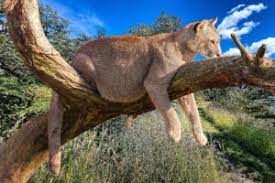
Safari: The Heartbeat of Kruger
The allure of Kruger National Park is deeply entrenched in the safari experiences it offers. Whether you’re on a private safari, exploring the wild realms in solitude, or amidst a group of fellow adventurers on a guided safari, the essence of Africa’s wilderness is palpable.
- Types of Safaris: Private, Group, Guided, Self-Drive
- Popular Safari Lodges: Lion Sands, Leopard Hills
Each safari is a unique narrative, a different tale of wilderness unfolding through the lens of personal experiences. The rhythmic pattern of a day on safari—early morning game drives, the afternoon siesta, followed by an evening game drive, and dinner under the star-lit African sky is a routine that resonates with the heartbeat of Kruger.
Accommodating the Wild
Accommodation in Kruger ranges from luxury lodges to rest camps, catering to a spectrum of preferences. The lodges often provide a blend of rustic charm and modern amenities, ensuring a comfortable stay amidst the wilderness.
- Types of Accommodation: Luxury Lodges, Rest Camps, Private Lodges
- Amenities: Game viewing decks, swimming pools, spa services
Unveiling the Wilderness
The essence of Kruger lies in its ability to provide authentic wilderness experiences. Whether it’s the adrenaline rush of spotting a pride of lions on the hunt or the serenity of watching a sunset over the African savannah, Kruger National Park captures the essence of wild Africa in every sense.
Explore the various activities in Kruger
The park also showcases a rich archaeological heritage, with sites dating back to the Stone Age providing a glimpse into the historical significance of the region.
Planning Your Visit to Kruger National Park
Embarking on a safari to Kruger National Park is a dream for many. However, a well-planned trip is crucial to making the most of this wildlife haven. This section will guide you through the best times to visit, transportation, and the various accommodation options available to make your Kruger expedition a memorable one.
Best Time to Visit
The best time to visit Kruger National Park largely depends on what you want to see and experience. Generally, the dry winter months (May to September) are considered ideal for wildlife viewing as the vegetation is sparse and animals congregate around waterholes.
- Dry Season (May to September): Ideal for game viewing.
- Wet Season (October to April): lush scenery, newborn animals, and a bird watcher’s paradise.
Accommodation Options
Kruger National Park offers a variety of accommodation options to cater to every taste and budget. Here’s a quick glimpse into what you can expect:
- Luxury Lodges: Offer a high-end safari experience with luxurious amenities.
- Rest Camps: Provide basic facilities and a chance to be closer to nature.
- Private Lodges: Offer personalized services with fewer crowds.
| Type of Accommodation | Facilities | Price Range |
| Luxury Lodges | Spa, Private Pools, Guided Safaris | High |
| Rest Camps | Self-catering, Public Campsites | Low to Mid |
| Private Lodges | Private Safaris, Luxury Amenities | High |
Transportation: Getting to and Around Kruger
Getting to Kruger National Park is part of the adventure. You can fly to the nearest airport or drive from nearby cities. Once inside the park, self-drive safaris are popular, but guided tours are available for those seeking a more structured experience.
- Air: Fly into Skukuza or Kruger Mpumalanga International Airport.
- Drive: From Johannesburg or Nelspruit.
- In-Park Transportation: Self-drive or join guided game drives.
Kruger National Park’s beauty and wildlife are well documented in various video documentaries. These videos provide a glimpse into what awaits you in this incredible wildlife sanctuary.
- Ultimate Kruger National Park Wildlife Documentary showcases the park’s diverse wildlife and breathtaking landscapes.
- Fully Narrated Tour of Kruger National Park gives an in-depth look into the park’s ecology and the various species that inhabit it3.
Frequently Asked Questions
Where is Kruger National Park located?
Kruger National Park is located in northeastern South Africa, bordering Mozambique to the east and Zimbabwe to the north.
What is the Best Time to Visit Kruger National Park?
The dry winter months (May to September) are considered the best time for wildlife viewing. However, if you are a bird-watching enthusiast, the wet summer months (October to April) could be more rewarding.
What Accommodation Options Are Available in Kruger National Park?
The park offers a range of accommodation options, including luxury lodges, rest camps, and private lodges, to cater to different preferences and budgets.
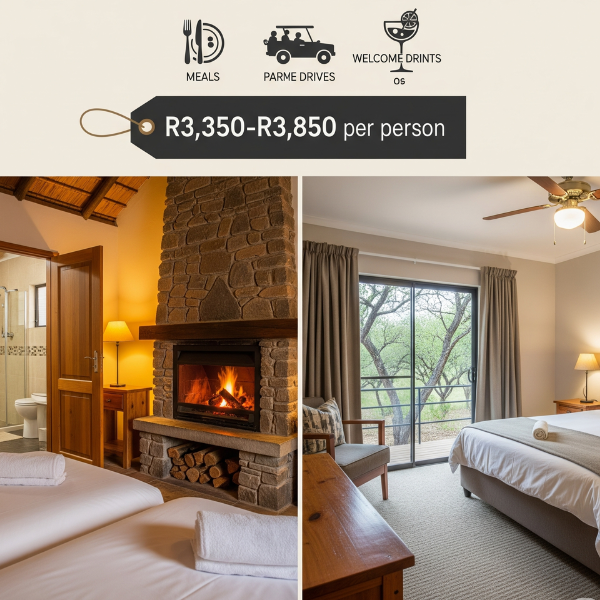
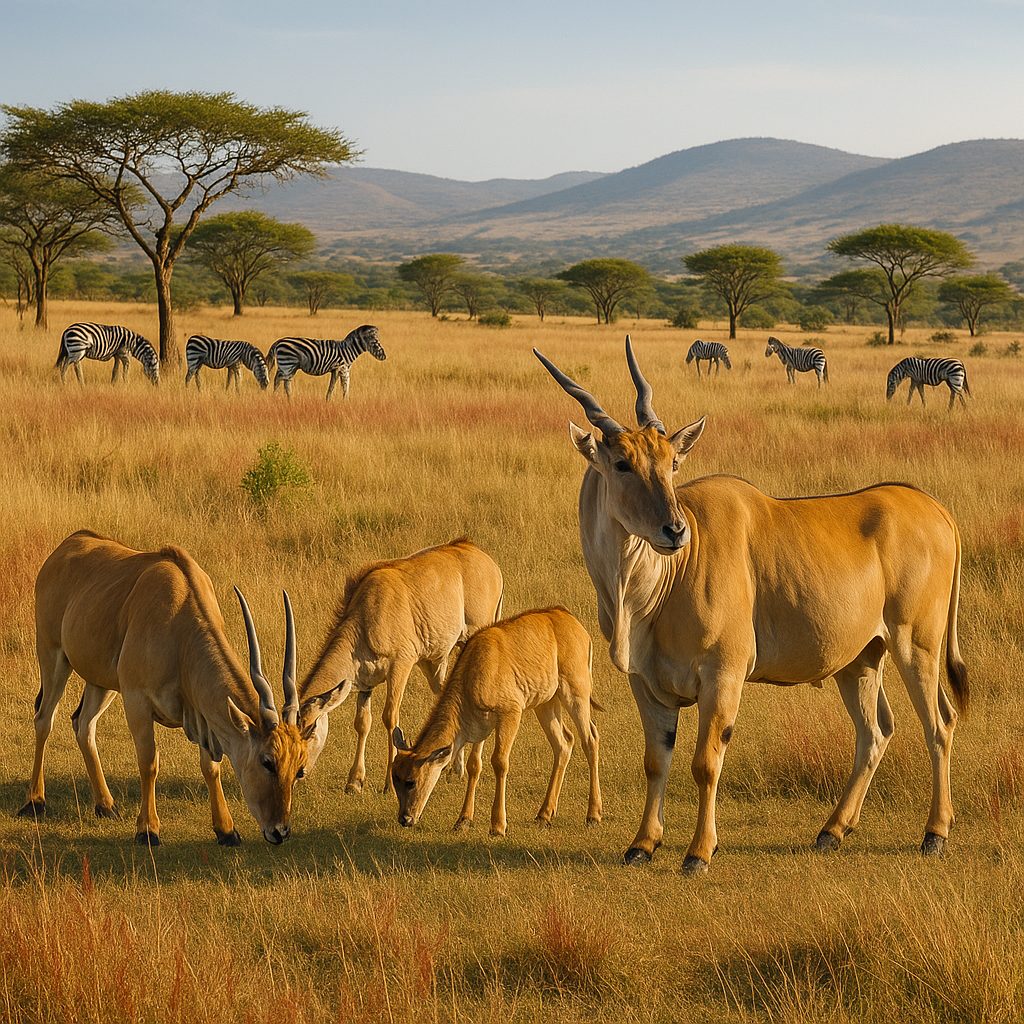
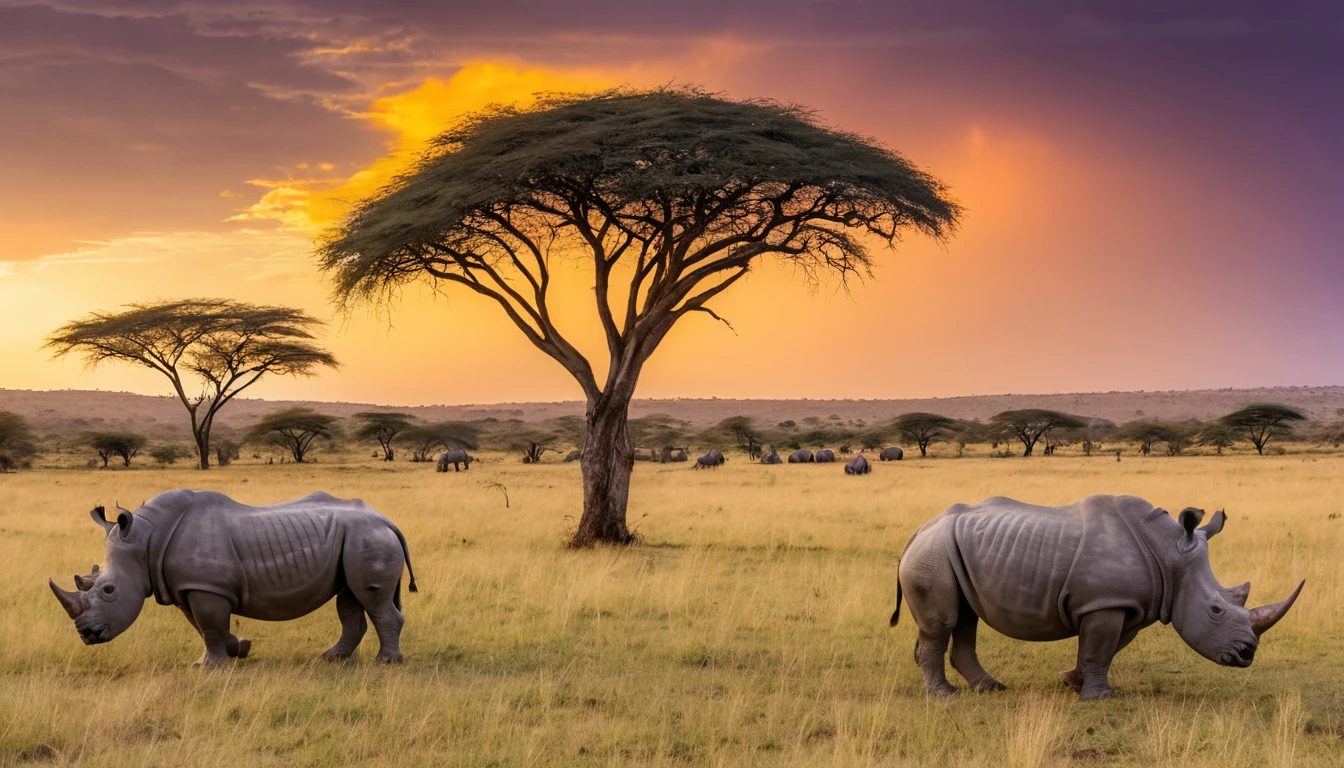
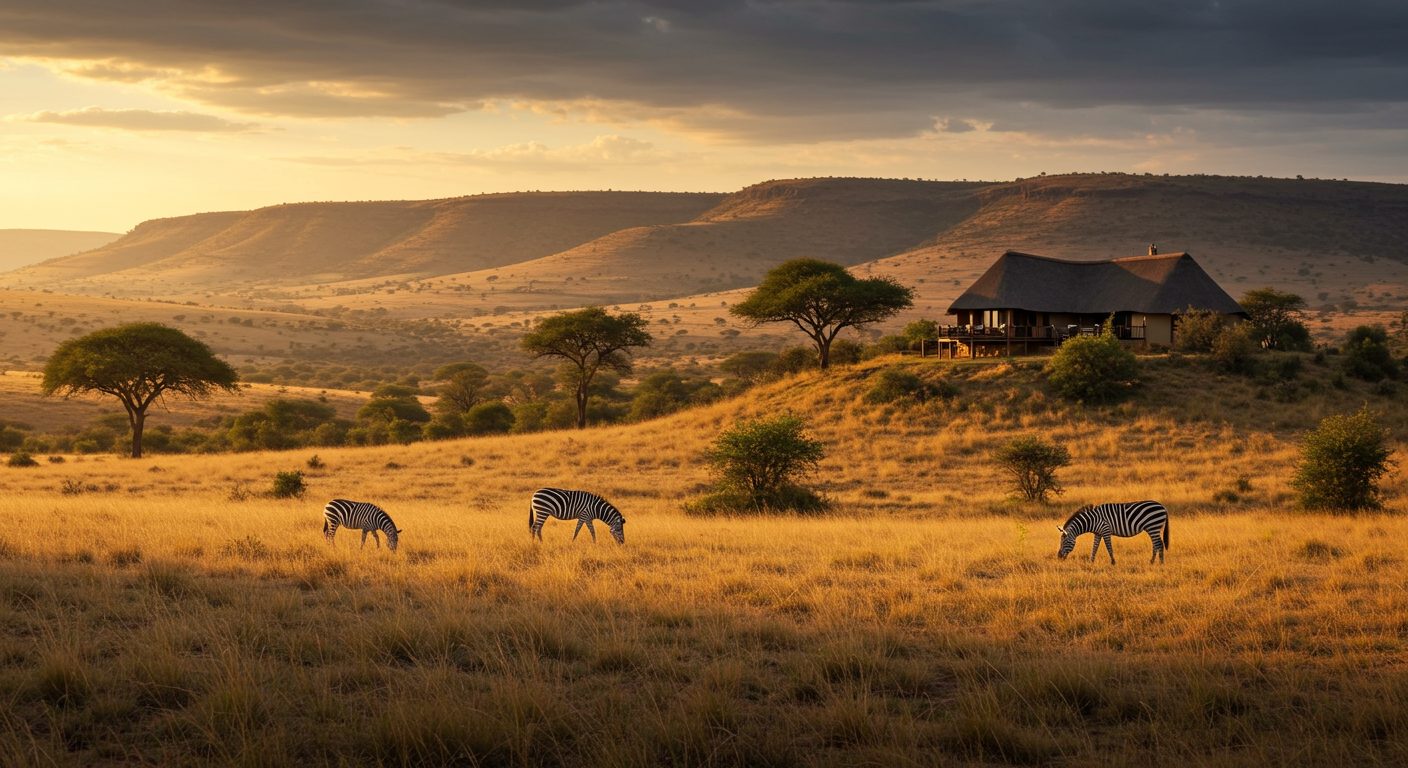
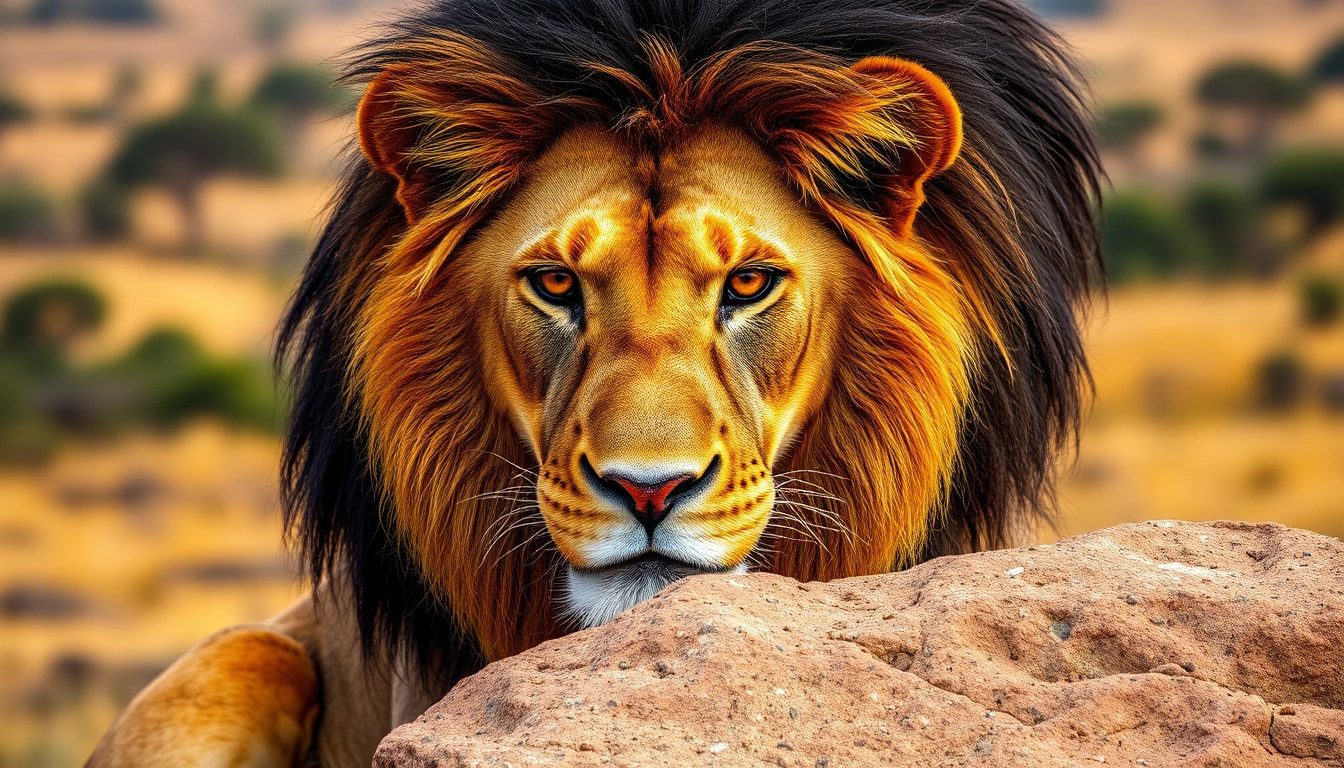
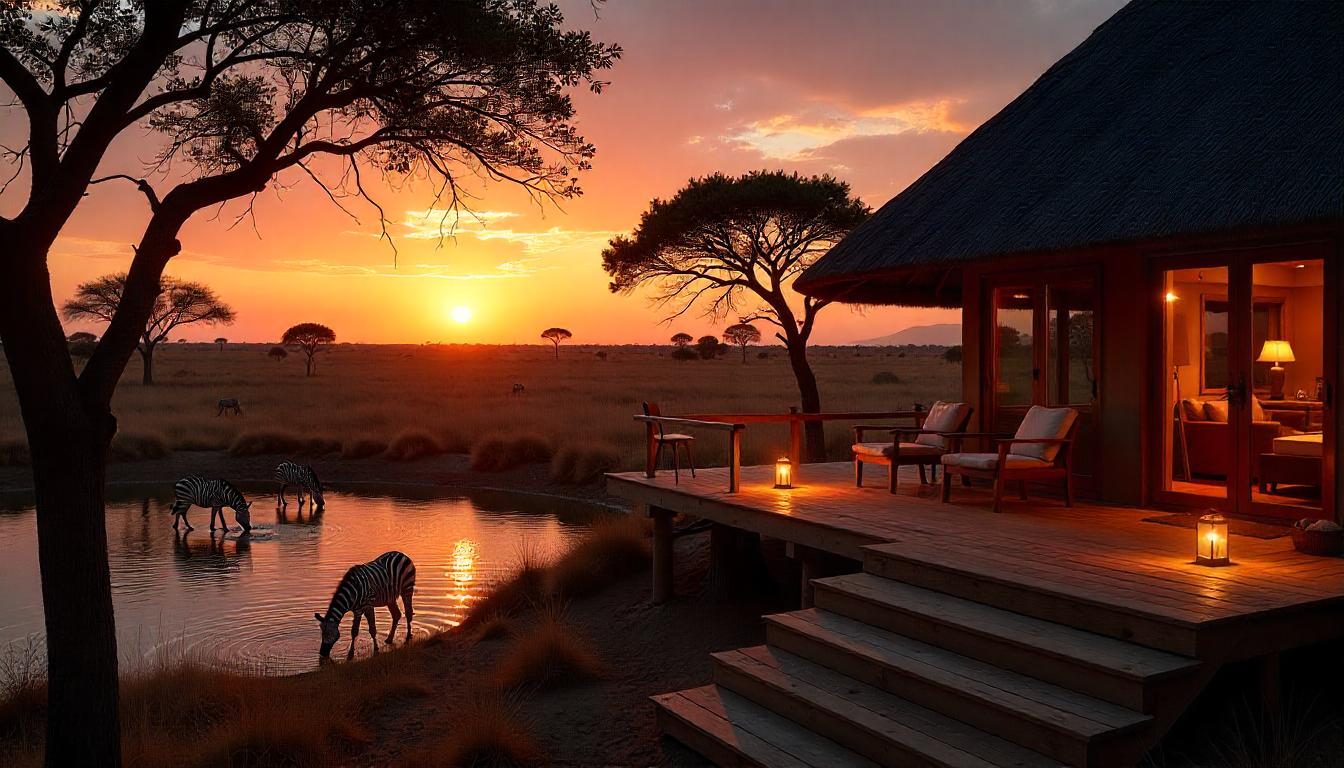
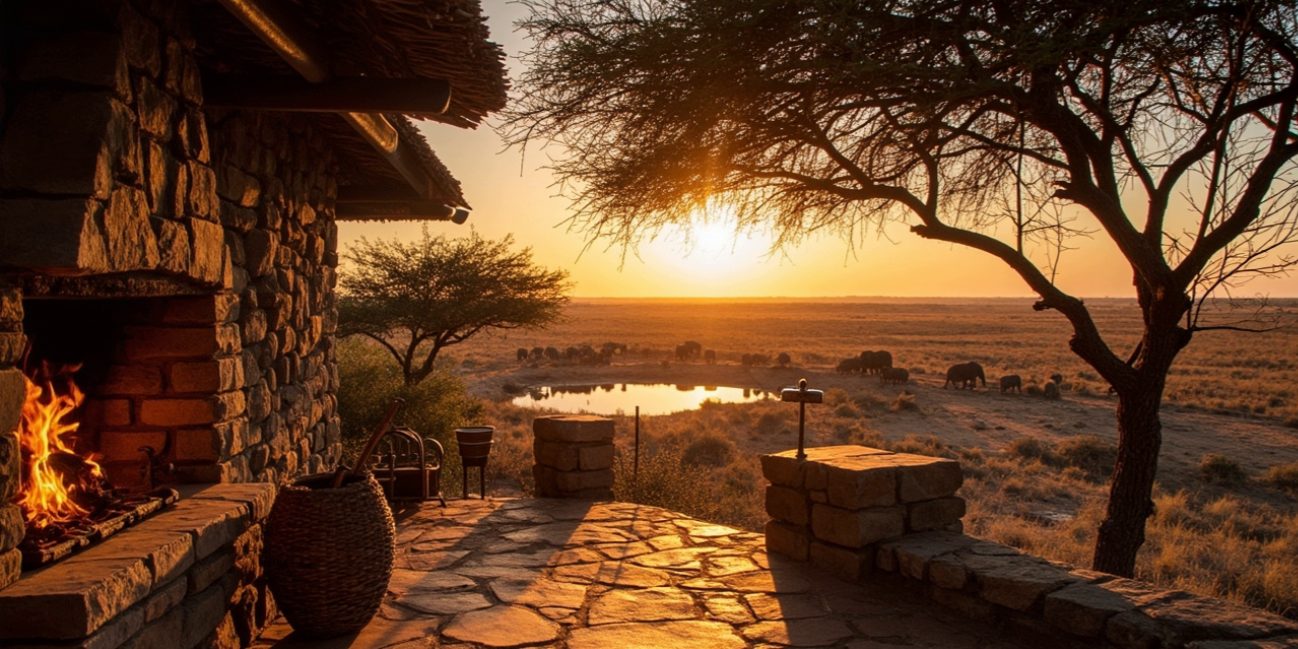
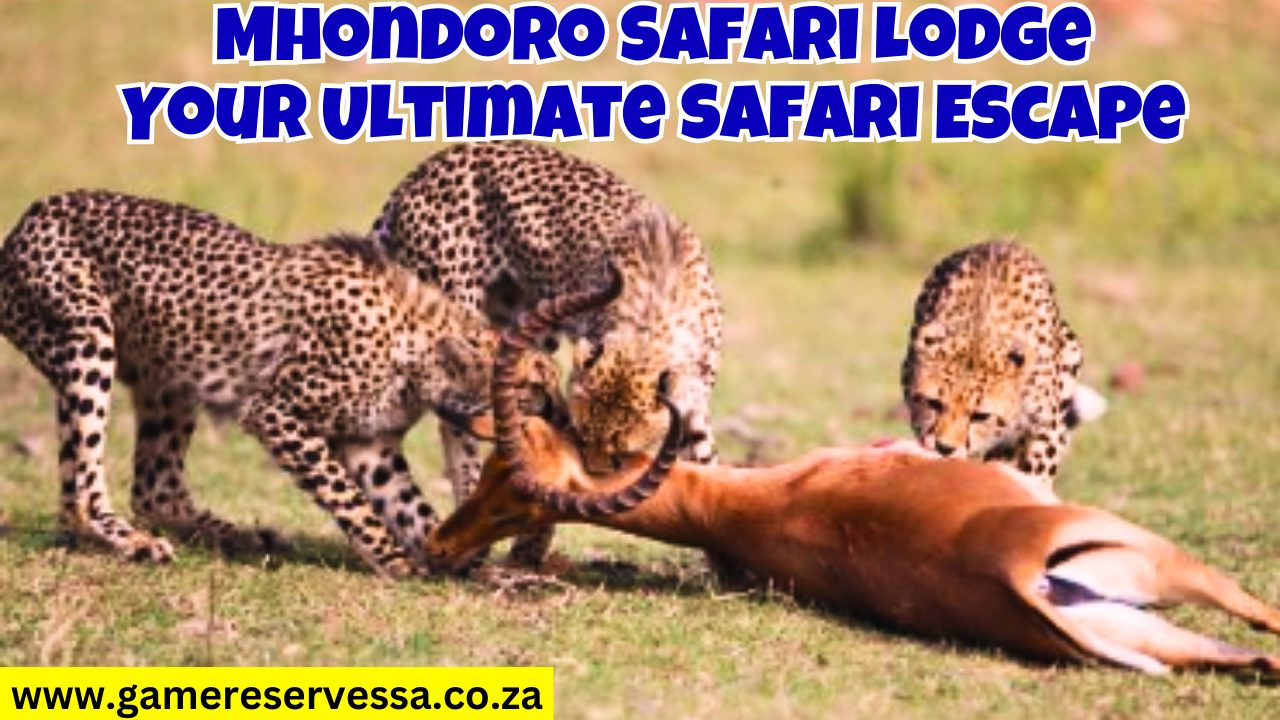
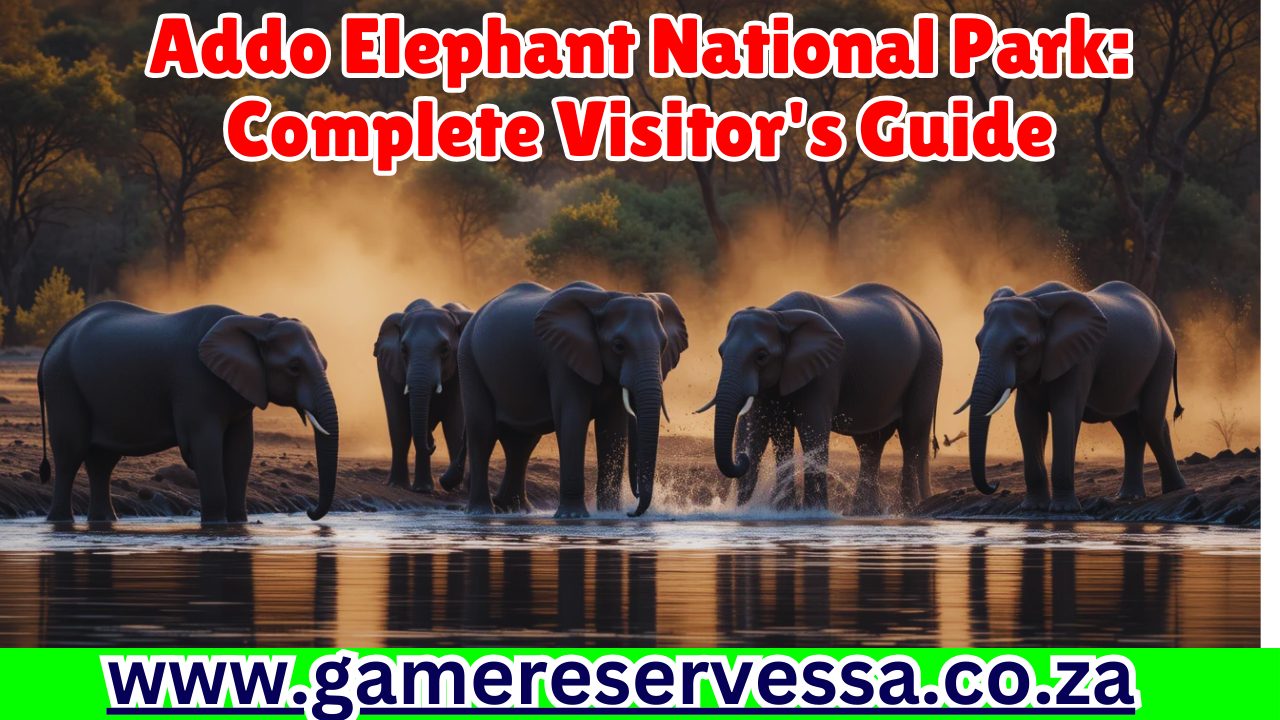
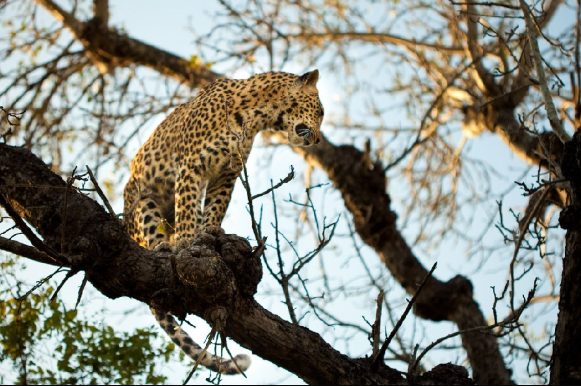
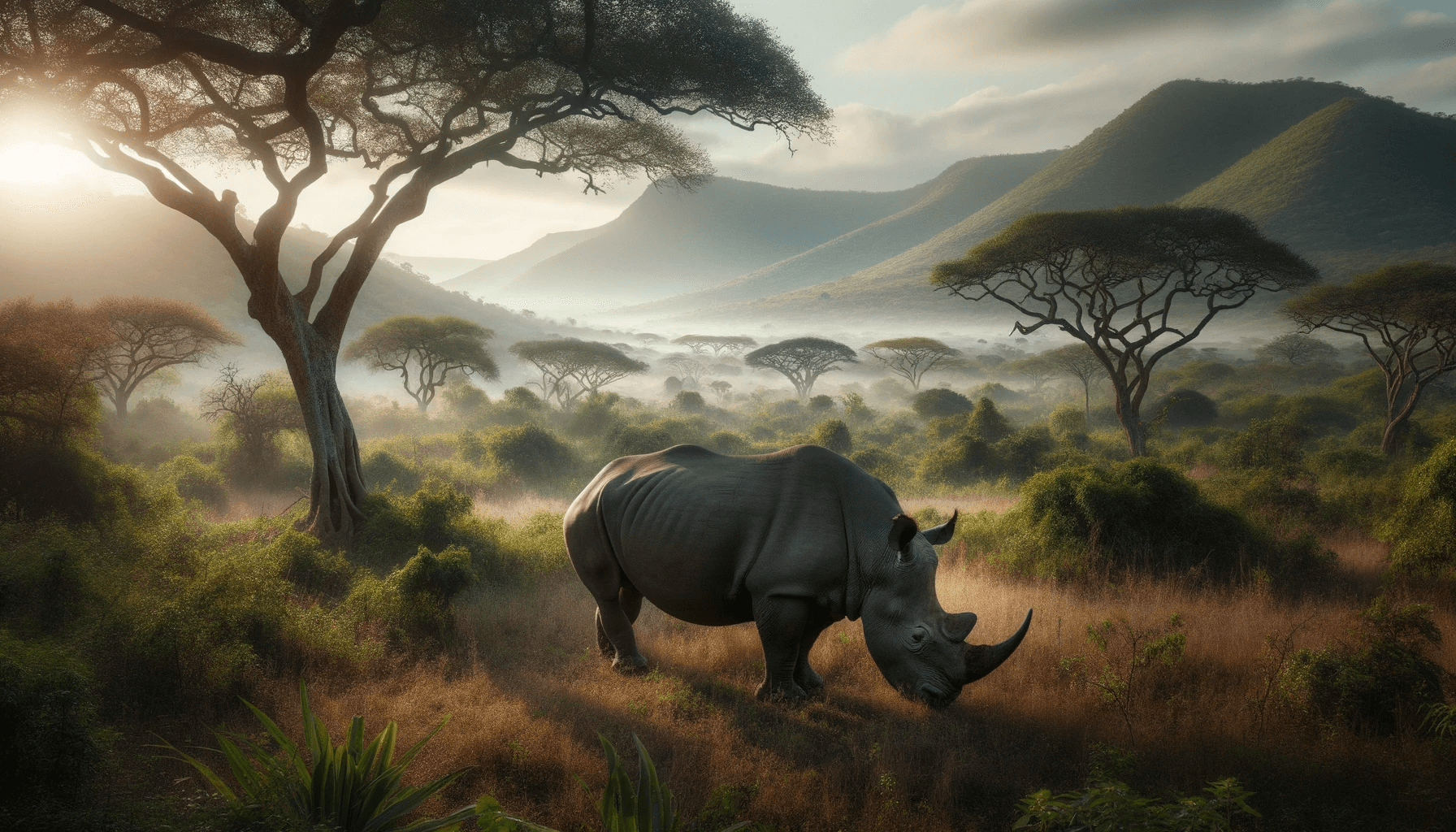
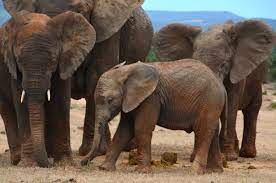
One thought on “The Allure of Kruger National Park: South Africa’s Wildlife Eden”